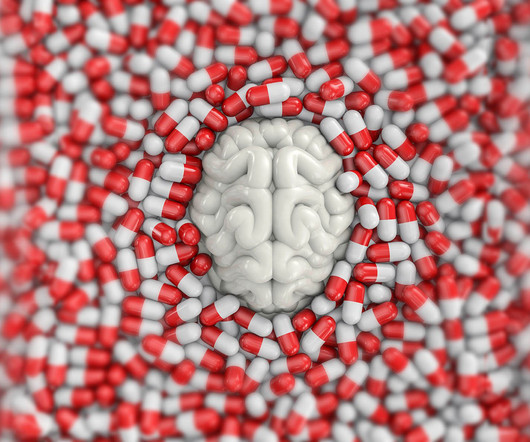Do Critics of Biological Psychiatry Have an Alternative to a Life of “Whack-A-Mole”?
Mad in America
MARCH 15, 2025
Joanna Moncrieff, Chemically Imbalanced (2025) E stablishment psychiatry has recently switched the biological cause of mental illness from a chemical imbalance to a brain circuitry defect. Challenging the biological model of depression feels like a game of whack-a-mole: as soon as you put one theory to bed, another one sprouts up.












Let's personalize your content